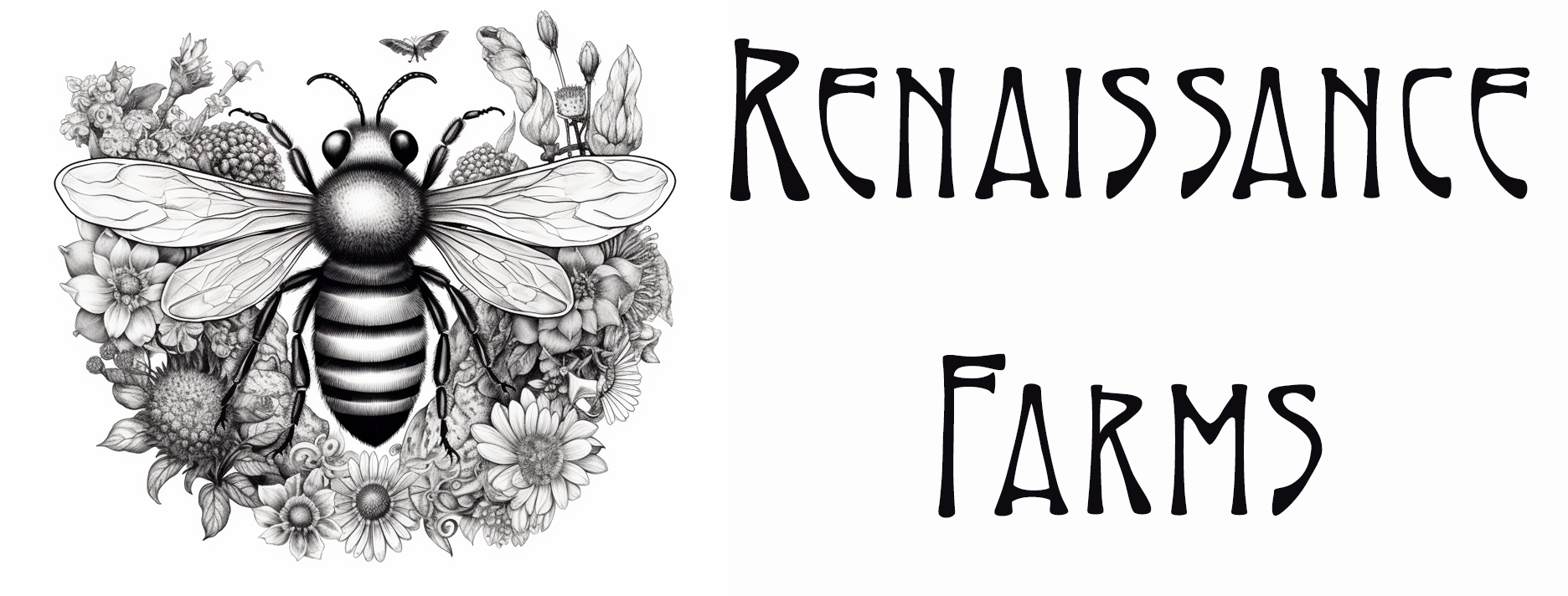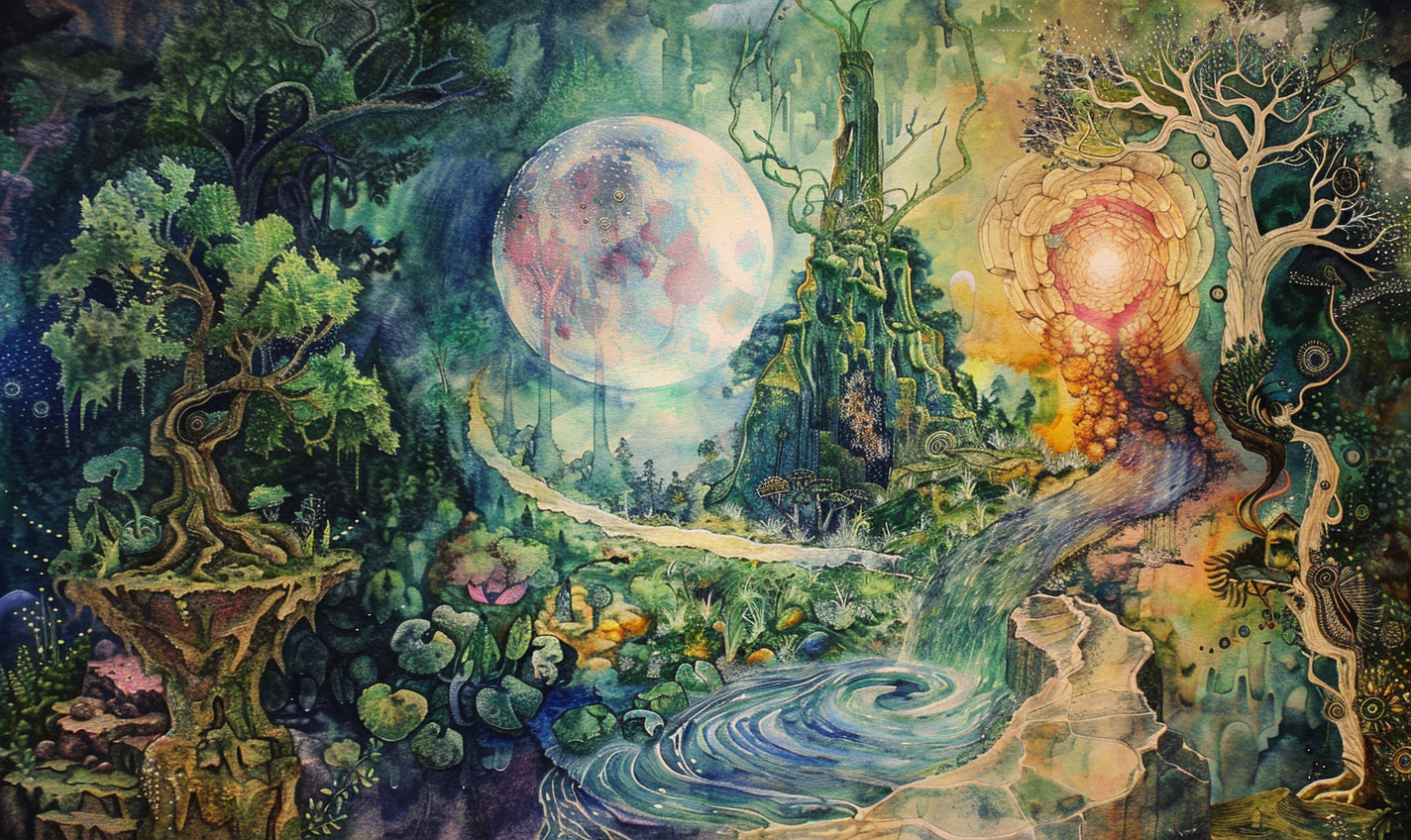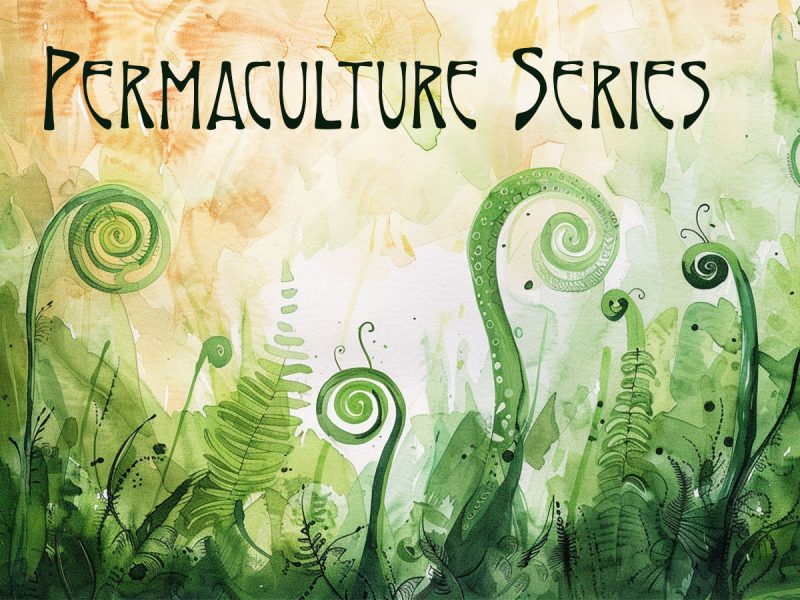An Unexpected Permaculture Journey
I am a farmer who went on an unexpected journey into Permaculture. When we bought this property, I knew that I wanted to design it to ensure that I have a positive impact on the land. These days, that is called regenerative agriculture. In 2016, I took a free introduction to permaculture from Oregon State University. The following year, I completed my first PDC from OSU. While I started out with an interest in improving my farm plans, I found myself on a most unexpected journey. I discovered that I was more drawn to the possibilities of applying Permaculture ethics and principles to areas of interpersonal relationships and invisible structures.
Both Bill Mollison and David Holmgren cover both the head and heart applications in their books to varying degrees. However, my studies revealed to me that Bill Mollison was more the head and David Holmgren the heart of Permaculture. Each approach interacts with and enhances the other. Every student will find that one resonates rather more with us than the other. We need both.
I want to share all of this with you – both the head and the heart – of Permaculture. My hope is that I will inspire you to make changes in the way you relate to the natural and material worlds as well as the emotional and spiritual ones.
What follows is a brief introduction to each approach.
Permaculture as Garden Design: The Well Worn Path
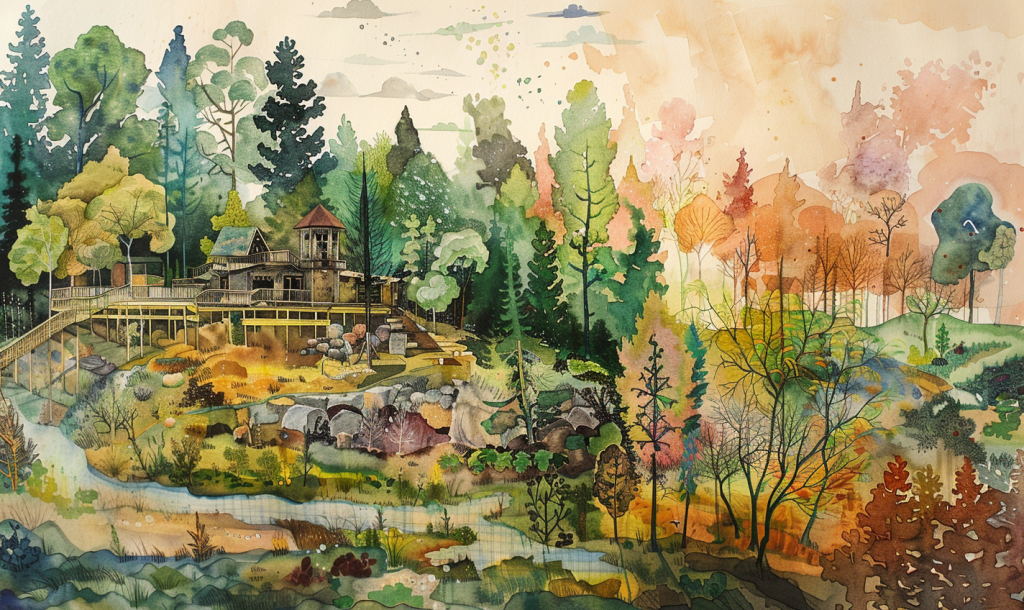
The benefits of using Permaculture Design on every scale of gardening and farming are proven time and again by myriad practitioners. It is a way of mimicking nature in our design process. This means taking the time to be mindful of our immediate environment. How does the sun move across our landscape? What about how the winds blow? Where do storms typically come in from? Do we have a high risk of fire or flood? What is our climate and microclimate? What grows here natively? Which animals live nearby or travel through our property?
Permaculturists ask questions like these and many more. We look at topography, geology, hydrodynamics. The relationships between landforms, energies, and structures (houses and barns, etc.) determine microclimates that can be used to advantage. The needs of the individual or family are laid on top of these to come up with a design. And then pieces of the design are carefully chosen in order to ‘stack functions’. Consequently, the designer arrives at a harmonious plan for living that cares for the environment, the people, AND creates a surplus to be shared.
You can find many brilliant examples online and in books. The possibilities are endless in terms of garden and farm design. If you’d like to learn to design like this, you can take a Permaculture Design Course right here on the farm
Permaculture as Social Design: The Road Less Taken
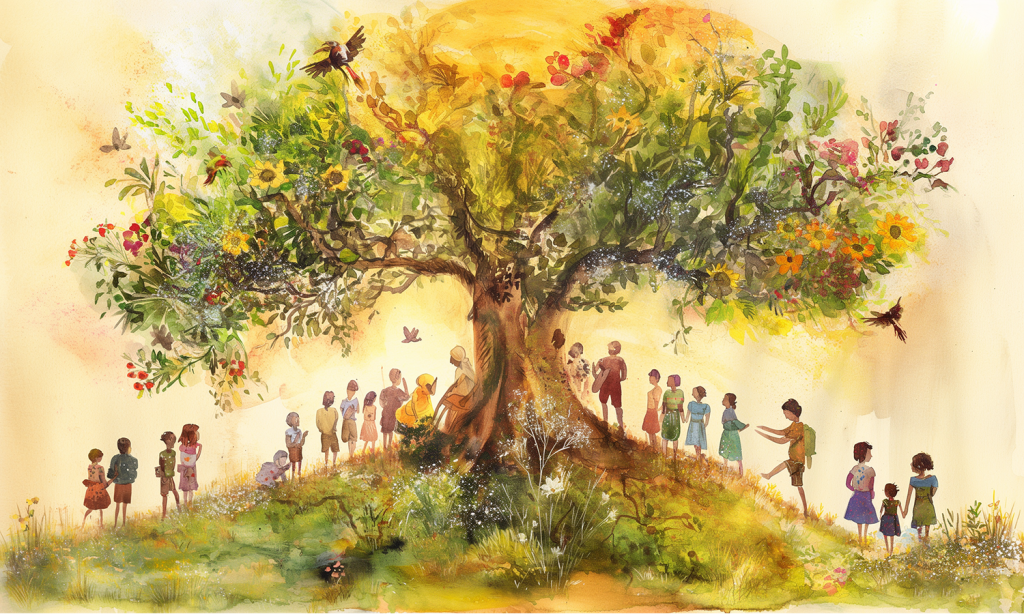
Permaculture as a method of social design is far less explored. It is still an unexpected path to take. Yet, it is necessary to do so in order to realise the vision of “Permanent Culture”. We can create a just society by holding to Permaculture ethics and applying its Principles to invisible structures.
In social design, we consider the diversity of languages and cultures. There is much more to language than mere words. At the intersection of language and culture are nuanced concepts. We first need to understand those. Then designers actively listen to the needs of each group, much as we would seek to understand the needs of the plants we put in our gardens. We then work at developing ways to interact that support all. What can each neighbourhood (town, state, nation) produce for itself and then what can it contribute to near neighbours? How can each member use their unique gifts to create a result greater than the sum of the parts? How can we ‘stack functions’ to make groups more resilient and efficient?
Social Permaculture can start on the level of a family and eventually on to the neighbourhood level. It can be applied to organizations, local government, and on up until, ultimately, it impacts global society.
If you are interested in thinking more about social permaculture, you’ll want to watch for the Peaceful Pod, my new podcast coming in May. In the meantime, check out my recent blog post on Renaissance Mama, where I talk about applying Holmgren’s First Principle to interpersonal relationships.
The Journey Begins
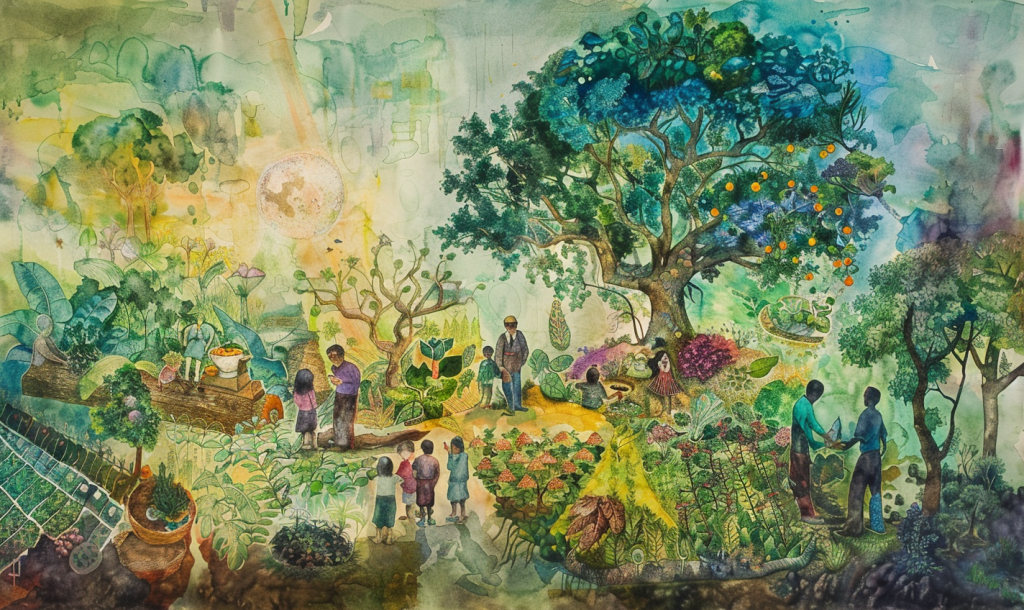
Each week, I’ll share a bit more about permaculture here. Eventually, I’ll have shared all that I teach in my course. If you want to be able to design and teach professionally, you’ll need to come and take the course. But if what you are seeking is a way to implement changes in your own life in small ways, a bit at a time, then subscribe to the newsletter where I’ll link each new post.
It may well be that at journey’s end we will discover that the true purpose of Permaculture was not only to save the environment, but to save humanity, too. And that YOU might want to be a part of that mission through designing or teaching.
